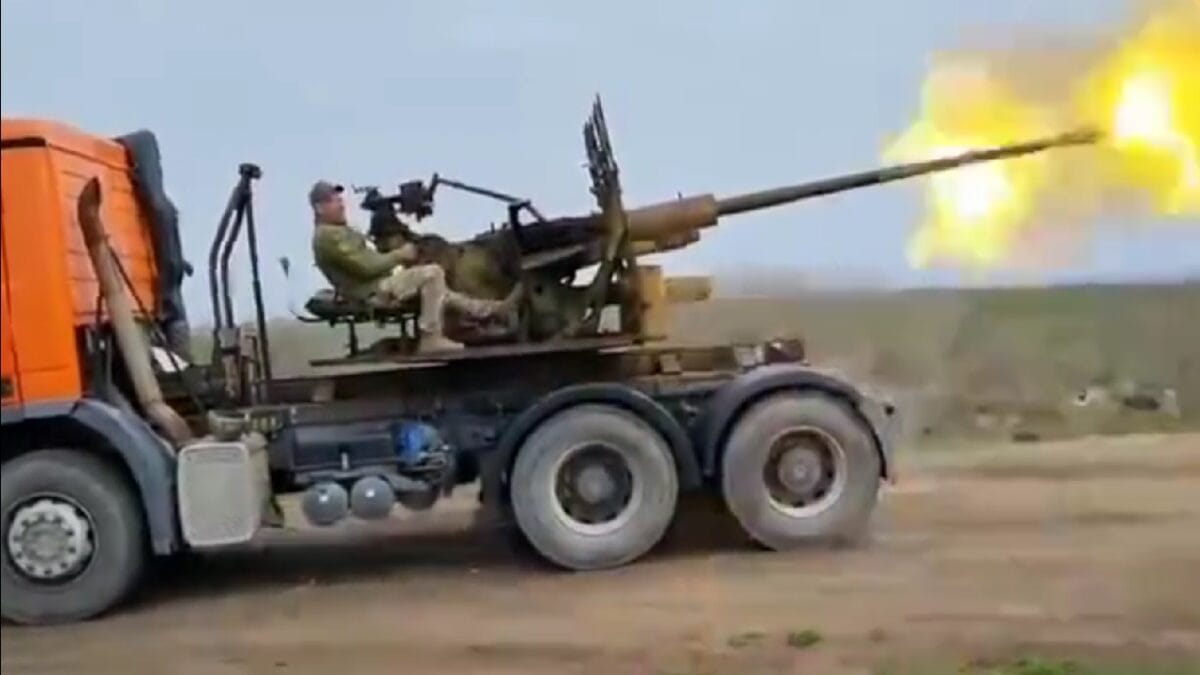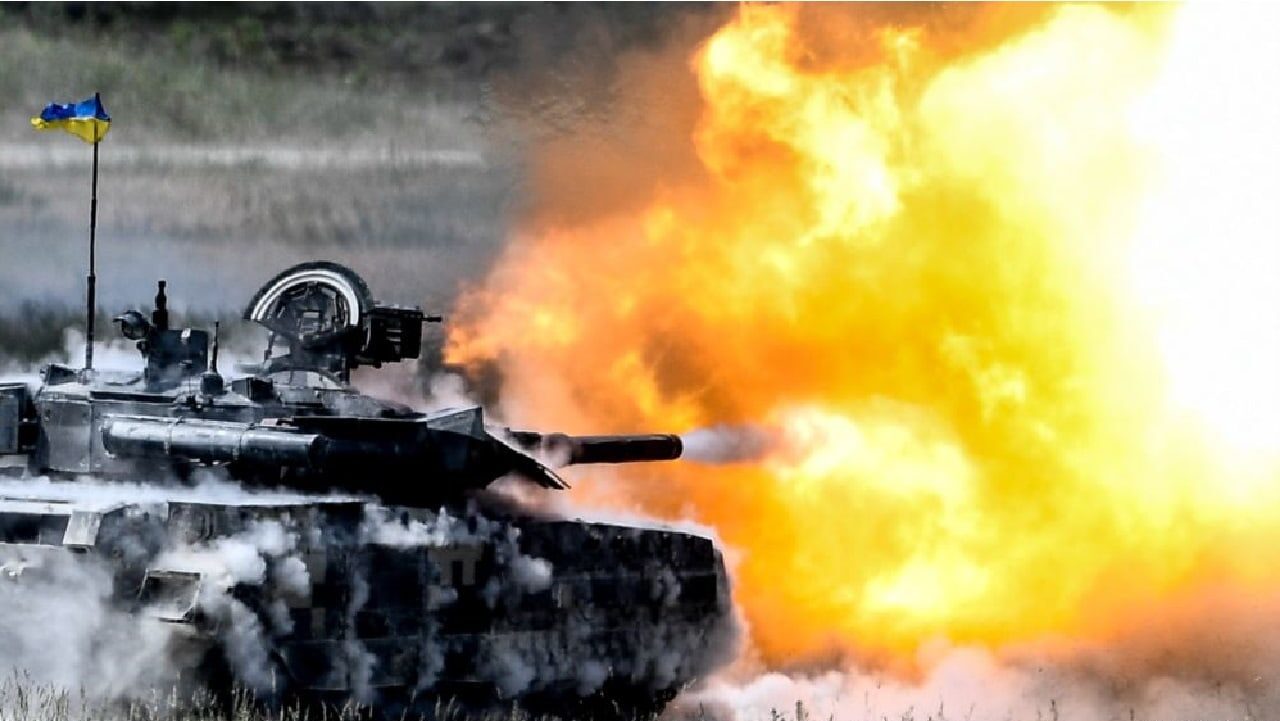Russians are starting to question the Ukraine war more and more: In recent years, the Russian film industry has produced a number of World War II-themed epics that often cast the Soviet Red Army in an extremely positive light. Even in defeat, the Soviet soldiers were shown to be brave men and women – ready to die for the motherland in what Russia calls the Great Patriotic War.
Want more 19FortyFive military, defense, and national security, as well as politics and economics analysis from the best experts on Earth? Follow us on Google News, Flipboard, YouTube, Facebook, Twitter, and Linkedin. Also, sign up for our newsletter here. You can also find our code of publishing ethics and standards here. Want to contact us? Email: [email protected].
Western depictions of the Soviet Red Army have been a bit different; take as an example the opening scenes of the 2001 film Enemy at the Gates, which focused on a fictional dual between a Soviet peasant sniper and his highly trained German counterpart. In the film, Soviet soldiers are seen being sent into a hopeless charge – many without even a rifle.
When the inevitable Hollywood film is made about the current war in Ukraine from the Russian perspective, it might depict an even more hopeless situation. Vladimir Putin’s conscripts are receiving little training, equipment that dates from the Cold War, and antiquated small arms.
Stories are now common of men who are being called up and deployed straight into the fight in the eastern Donbas region of Ukraine, having received no training at all. It is easy to see how after just nine months of fighting, the Kremlin has lost more than 83,000 men killed, and at least that many wounded. To describe Ukraine as a meat grinder of the Russian Army is an understatement.
Families Voice Concerns over Ukraine
The populace isn’t staying silent about this state of affairs. Whereas in World War II, the Soviet Union was able to conceal early losses from the population, the media blackout in modern Russia has been far less successful.
There are reports of women with small children now sharing their stories on social media, and many are even posting complaints in online forums run by Moscow. Among the tales are those of families scraping together the last of their savings to purchase better protective gear, including body armor, as well as winter clothing such as thermal underwear and warm socks to send to the men on the front lines.
Demand is reportedly soaring for bullet-proof vests and ballistic helmets. Troops aren’t being issued body armor, while the steel helmets they often receive are the SSh-68 pattern, which dates back to the Brezhnev era. Equipment is in short supply, and families are forced to pay a premium.
It is essentially impossible for the families to buy better weapons, meaning recruits are stuck with their Cold War-era AKM assault rifles.
Recruits Showing Anger
It isn’t just the families back home that are voicing their complaints. In the social media era, when even average Russians own smartphones, it has been impossible for the Kremlin to keep a tight lid on what is posted on Telegram and other platforms.
Many of the complaints aren’t that different from the usual grumbling of soldiers over the past eons. They include accounts of hunger, cold, poor weapons, and poorer morale. Moscow has largely looked away, unless the complaints overly criticize Putin or the government. Even then, it could be impossible for Moscow to rein in all of the soldiers. Social media has simply changed the way soldiers can share their despair.
More Troops But More Problems
As Putin prepares to mobilize even more troops in a second draft, the Kremlin should be ready for even more problems. More troops who are untrained and ill-equipped add up to just more mouths to feed. Likewise, some experts have suggested that increased conscription will likely strain an already overburdened Russian force generation apparatus.
This could lead to even lower quality training for both mobilized recruits as well as coming conscripts, as they must compete for limited and wholly insufficient training capacity. A wave of even more poorly trained troops is likely to do little to turn the tide in Ukraine. It will mostly result in suffering for those on the frontlines, and worry for their families back home.
It could also push some in the general populace to a breaking point.

From Twitter: “An AZP S-60 57mm AA gun mounted on a truck used by UA forces- one example of the many improvised weapons appearing recently,”
The Russian people are already discovering that the war – which was proclaimed to be a necessary “special military operation” to denazify and demilitarize Ukraine – isn’t going as planned. It has drained Moscow’s coffers, resulted in a death toll higher than the decade-long Afghanistan War, and it has made their country a pariah state.
Russia’s economy is now in recession, and the war shows no signs of ending.
At some point, Russia will have had enough of Putin’s pointless war.
A Senior Editor for 19FortyFive, Peter Suciu is a Michigan-based writer. He has contributed to more than four dozen magazines, newspapers, and websites with over 3,000 published pieces over a twenty-year career in journalism. He regularly writes about military hardware, firearms history, cybersecurity, and international affairs. Peter is also a Contributing Writer for Forbes and Clearance Jobs. You can follow him on Twitter: @PeterSuciu.

